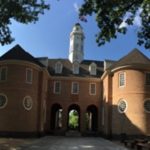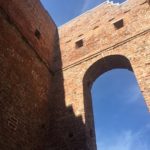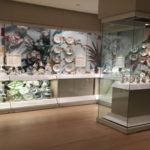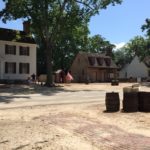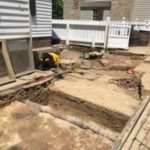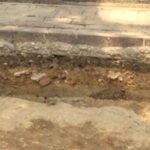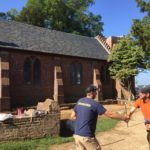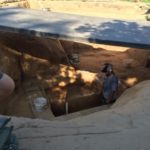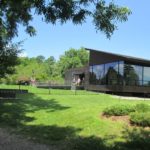Archaeology Blog
Week 5 at Poplar Forest Archaeological Field School
By Lesley Jennings
This week the field school students learned about the importance of public archaeology and the interaction between archaeologists and the public. Public archaeology uses various methods to educate visitors about a site and respect the historical peoples discussed. At Poplar Forest, experts use information gathered from their research to accurately and respectfully interpret, detail, and present the daily lives and realities of the plantation residents. Through the work done at Poplar Forest, we can show visitors through tours, exhibits, and onsite interactions how the residents influenced one another and the landscapes in which they lived and worked Students had a good opportunity to interact with the public on July 4th, when the site hosts fun and educational exhibits for its guests and visitors, ending with a dramatic reading of the Declaration of Independence. The field school exhibited several artifacts from the site’s collection and invited guests to visit the archaeologists working in the field and talk with them.
This week, the field school also visited both Colonial Williamsburg and Historic Jamestowne to see their collections and active archaeological projects, and to observe how they interact with the public. At Williamsburg, they use their artifacts and research to reconstruct and reenact the architecture and daily life of its historic residents as accurately as possible, and through these presentations they are able to actively educate and engage the public with the site. At Williamsburg, the field school also visited the Dewitt Wallace Decorative Art and Abby Aldrich Rockefeller Folk Art Museums to see objects from all over Colonial America.
While Williamsburg presented its information through living history, the reenactment of historic life, Jamestown presented much of its information through the exhibits in its Archaearium. After an introduction to the history of colonial Jamestown, as well as its excavation and reconstruction, we visited the Archaearium to learn more details about how the settlers survived and interacted with the world. In keeping with the topic of Public Archaeology, we saw how the exhibits at Jamestown treated the historic peoples with respect. The exhibit of the Starving Time treated its subjects somberly and with sympathy, and The World of Pocahontas exhibit prominently used Algonquian to label the artifacts presented.
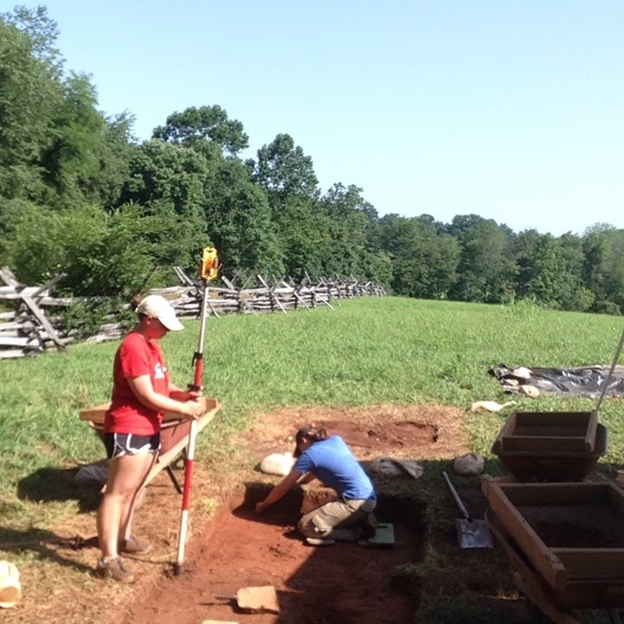
For the rest of the week, the field school continued their excavations of Site 33 in the Northwest Curtilage of Poplar Forest, and we have dug new units near the border of the artifact concentration mentioned in previous updates. Finds include a small key, daub, nails, ceramic, and barbed wire in good quantities, and we hope that these units will give new information regarding slave quarters in the area.
